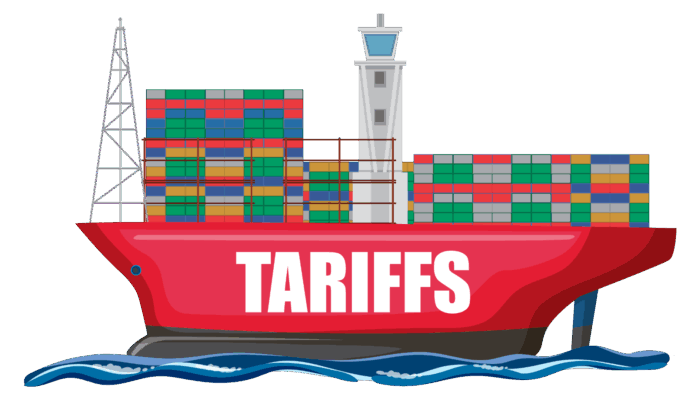Accurate inventory. It’s a simple concept. Yet anyone who needs to see inventory stored in multiple siloed systems knows it’s not easy. And store stock? That’s even worse. But the cost of not having an accurate view of stock can be huge.
Think overselling and underselling. If you can’t see it, you can’t sell it—so you’ll just be out of stock. And miss out on upselling as well. Meanwhile, if you sell what you don’t have it will lead to canceled orders. Both result in customer disappointment. What’s more, it provides a negative experience with your brand. Ouch! So how can you improve stock accuracy? And what does an Order Management System have to do with it? Let’s take a look.
1. Track inventory availability across systems
As companies grow, so does their number of back end systems. This might include multiple ERP systems, Warehouse Management Systems, or in Retail, Point of Sale (POS) systems. And they all contain valuable stock information. But if you sell online, it’s important to keep that stock data in sync.
That’s where an order management system comes in. It’s not an inventory master, but an availability master. It consumes stock data from all your other systems, and keeps a running total of what you have where. In addition, it receives all your online orders, and automatically tracks what has been promised and sold. In short, it keeps your stock data in sync so you know what you have Available to Promise. But what if you have more than one sales channel?
2. Segment inventory virtually
If you sell in multiple channels—think regional or brand specific websites, marketplaces, social—you need control. Not every product or category will make sense to sell in each channel. Or you may want to test a few products in a new market or region before opening up your full line. An order management system let’s you segment inventory into virtual stock pools. You can then control which pool is made available to each channel. What’s more, you can set separate buffer or safety stock levels for each pool. Why would you want to do that?
3. Control safety and buffer stock levels
Say your primary market is the United States (U.S.). But you’re expanding into the United Kingdom (U.K.). However, you want to prioritize US product availability over the UK. In this case you might set a buffer level of 1 unit on the stock pool available in the US, but 2 units for the UK. That way, if you get down to 2 units, you’ll still show as in stock for the US, but out of stock for the UK. And if you want to get fancy, you can even control stock buffers at the product or category level. Which is really important so you can show customers accurate stock on the Product Details Page (PDP).
4. Display accurate inventory availability before the ‘Buy Button’
Customers browse. And a big part of their decision to buy will be based on availability. Is the item available locally? How quickly can I get it? So showing them accurate availability before the buy button is essential for boosting sales. An order management system provides that data. It looks at where the item is in stock across multiple locations, so you can show that availability to your customers, right on the PDP. Want to also show how quickly they can get it delivered? Or the delivery cost? Simply integrate your order management system with your carrier aggregation solution, and you can display that data too.
5. Accept Pre-orders and Backorders
Just because you’re out of stock doesn’t mean you can’t make a sale. With an order management system, you can get visibility into your inbound stock. That means you can promise against inventory you won’t receive until the future. And there are lots of ways to approach this. For short lead times, you might just include that stock in your buffer, as long as it can still meet a customer’s desired delivery date. Or, if the lead times are longer you might position it as a pre-order or backorder.
Summary
Accurate inventory all comes down to visibility. You need to know where stock is located and what’s available to sell. And your customers? They expect the orders they place to be fulfilled—not canceled.
But without an Order Management System that can handle the complexity of multiple channels and systems, getting an accurate view of your inventory is tough. And how about when you need to shift strategies at a moment’s notice? Can you quickly adjust your buffer or safety stock? Pull inventory from one market to another?
That’s where Fluent Order Management comes in. Designed to be flexible and adapt to both business and customer demands, you don’t need to worry when strategies unexpectedly shift. Or you want to expand to new markets. Thanks to the powerful platform, Fluent Order Management easily connects all your systems, syncs inventory and ultimately serves as your availability master—giving you a near real-time, always accurate view of your inventory. That means less overselling and underselling. And for your customers? A better brand experience. Win-win.
To learn more about Fluent Order Management, schedule a demo today.



